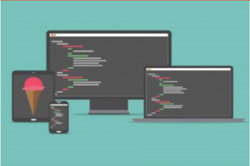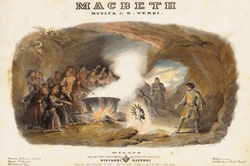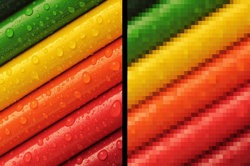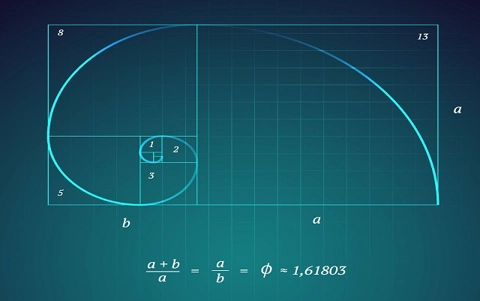Fibonacci served three ways
In this lesson sequence students learn to code separate modules that perform discrete functions but collectively meet the needs of the solution. They select the most appropriate algorithm based on the type of problem.
Additional details
| Year band(s) | 9-10 |
|---|---|
| Content type | Lesson ideas |
| Format | Web page |
| Core and overarching concepts | Algorithms, Implementation (programming) |
| Australian Curriculum Digital Technologies code(s) |
AC9TDI10P09
Implement, modify and debug modular programs, applying selected algorithms and data structures, including in an object-oriented programming language |
| Technologies & Programming Languages | Python |
| Keywords | Fibonacci, Algorithm, Making comparisons, Iteration, Recursion, Formula |
| Integrated, cross-curriculum, special needs | Mathematics |
| Organisation | ESA |
| Copyright | Creative Commons Attribution 4.0, unless otherwise indicated. |
Related resources
-

Coding in the Classroom
Through this website, educators can explore and share resources and strategies to teach coding.
-

Level Up: Game design
This unit of work is intended to teach years 9–10 students basic programming, using general purpose programming language.
-

Pencil code program: Lady MacBeth Chat Bot
Use this program to create an interactive chat bot who answers questions as if she is Lady Macbeth.
-

App Inventor EDU
Use this six week teaching program using a project based curriculum that allows students to explore the world of computer science through the creation of smartphone apps.
-

Book analysis with AI techniques
This learning sequence explores text analysis through Natural Language Processing, a significant application of Artificial Intelligence.
-

Coding a sentimental chatbot in Python
Incorporating 11 tutorial videos and two informative lecture videos, this learning sequence explores natural language processing, a significant application of artificial intelligence.
-

Data compression
Students will learn how the information in a pixel can be manipulated to change the image, and apply a bitmask filter to an image to remove some information and reduce the memory size of the file.
-

Who wants to be a millionaire?
This lesson sequence uses the well-known wheat/rice and chessboard problem as students use spreadsheets to simulate iteration and to solve problems.
